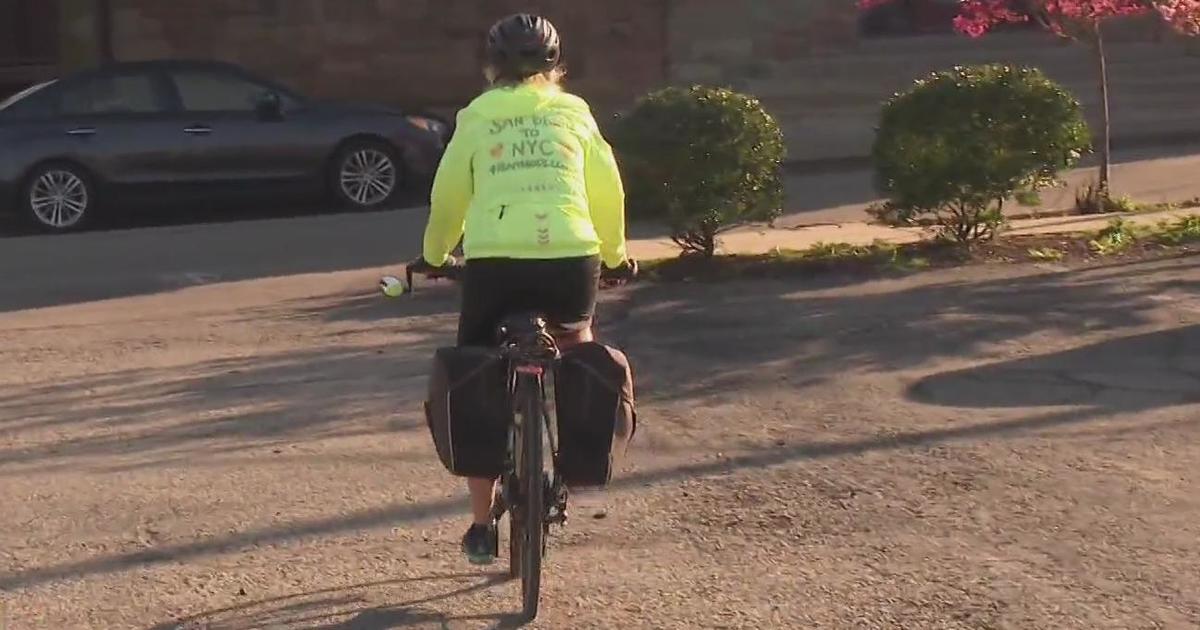KDKA Investigates: Lead Levels In Tap Water Across Pittsburgh
PITTSBURGH (KDKA) -- Yuliya and Matt Klinge have a 13-month-old daughter named Natalie and live in old house in Squirrel Hill with aging plumbing.
So, when KDKA offered to have their drinking water tested for lead, they didn't hesitate in saying yes.
"Makes sure we're doing what appropriate for our child -- what's safe," Yuliya said.
After the crisis in Flint, Michigan, families in Pittsburgh and across the nation are concerned about lead in the drinking water, and rightfully so.
Small amounts of lead ingested continuously over a long period of time will have negative effects on small children and adults.
Lead can impact the brain development of small children and degrade the function of the heart and kidneys of grown adults.
Here, in southwestern Pennsylvania, our older towns and cities are at an even greater risk -- where the water systems and the housing stock are aging.
"The older your home is, the more likely it is you'll find lead in the drinking water," said Keith Rickabaugh, of RJ Lee Group.
Many of us still have lead service lines that deliver water from the street into our homes and you may not be aware if inside your house, you have lead joints or solder that can elevate lead in your water.
That's why KDKA-TV went to the RJ Lee Group in Monroeville to have them test a random sampling of tap water from some older homes in and around Pittsburgh.
We distributed sample bottles to seven homes instructing the owners not use their faucets for six hours and then take a sample.
Then, the samples were returned to the RJ Lee Group for analysis in a spectrometer, which isolates compounds in the water, including lead. Analyst Keith Rickabaugh said the result were as you would expected from our older local homes.
"The fact that we find detectible level of lead in these samples doesn't surprise me," he confessed.
While three of the homes had no detectable level of lead, RJ Lee did find lead in the four other samples.
A house in Greenfield had 2.2 parts of lead per billion. One in Lawrenceville had 4.6 parts per billion. Another in Wilkinsburg had 6.7 and one house in Oakland came up with a reading of 10.5 parts per billion.
Now, each of these readings was below the 15 parts per billion allowed the Environmental Protection Agency. Still, Rickabaugh said homeowners with levels like this should take notice.
"Any amount of lead found in your drinking water is undesirable," he said.
Pitt professor Werner Troesken goes even further, saying that the jury is still out on the effects of long-term impact of consuming water with less than 15 or even 10 parts per billion.
"It used to be that people thought that a little bit of lead was safe. There's a growing body of evidence in public health that suggests that that's a mistake. You want to get lead exposure to zero," he said.
Happily, that's where the result came in for Matt and Yuliya Klinge.
Sheehan: There is no detectable level of lead in your drinking water.
Matt Klinge: Fantastic.
Sheehan: That's a good thing.
Klinge: Yes, it's one thing you want to count on that your drinking water is safe.
Join The Conversation On The KDKA Facebook Page
Stay Up To Date, Follow KDKA On Twitter



